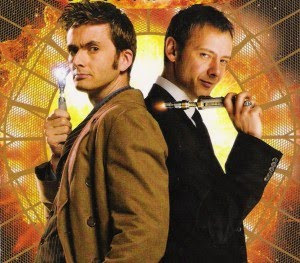“Animation is not the art of drawings that move but rather the art of movements that are drawn. What happens between each frame is more important than what happens on each frame”.
- Norman Mclaren
I guess I've spent most of my time writing this blog as a movie and games fan, who happened to study digital animation, rather than an animation student who happens to specialise in movies and games. But today, for the first time, I watched Fantasmagorie - what is widely considered to be the first piece of animation ever released (1903). But then I watched another film afterwards, made in 2003, which recreated the characters from Fantasmagorie using 3D software and had them mimicking the original film - a true homage to the premiere of animation. But something wasn't quite kosher... why wasn't the 3D digital character, with 100 years of animation innovations riding on its back, the more interesting one?

100 years on and still not as exciting... oh look, some pigs just flew by.
It's this little feature that pretty much all 2D animators include in their characters called Metamorphoses.
The ability for the old hand-drawn, 2 dimensional character of the original Fantasmagorie to crouch down and tuck into a ball, and become an actual ball, seemed like magic to the 3 dimensional characters watching it... and in a way, it is still a magic that 3D won't be able to even touch for a while.
Don't get me wrong, I love 3D (I'm studying it) and I think it is the future of animation, but in the end the models a 3D artist create are but mere puppets which have strings set up but a rigger and pulled around by an animator. 2D (often referred to as 'traditional') animation has such character in itself that it is an artform.
I could delve into deep philosophical musings over the true meaning of art, but I'll just say what it means to me. Art is about expression and emotion: they are the characteristics that bring art to life, and they are also the features that justify categorising animation as art. The exaggerated movements and expressions of traditionally animated characters on screen often emote in a much more expressive and believable way than most real humans, and certainly more than the 'puppeteers' that are 3D animators (yes, like myself) can recreate with digital models.





